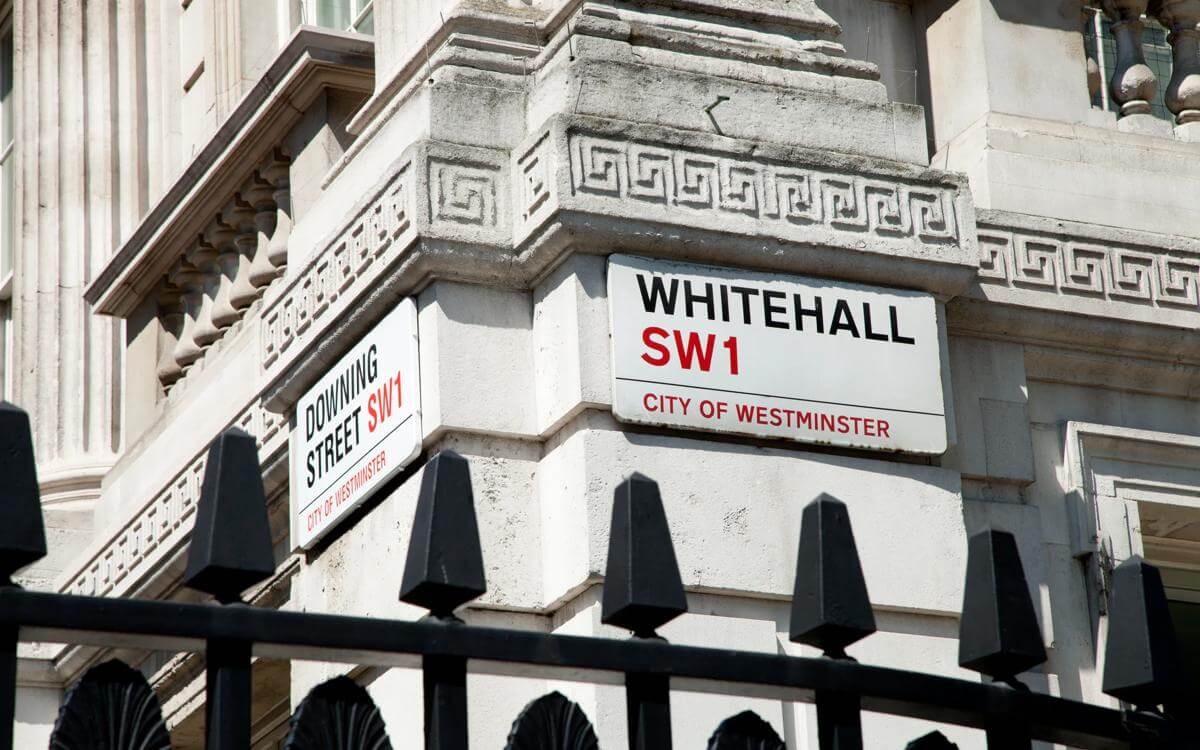The importance of evidence when it comes justifying indirect discrimination
The High Court decision of R (Cornerstone (North East) Adoption and Fostering Service Ltd) v The Office for Standards in Education, Children's Services and Skills highlight the critical role that evidence plays in the Court’s assessment.
This article is taken from October's public matters newsletter. Click here to view more articles from this issue.
The recent High Court decision of R (Cornerstone (North East) Adoption and Fostering Service Ltd) v The Office for Standards in Education, Children's Services and Skills [2020] EWHC 1679 (Admin) (‘Cornerstone’) has highlighted the critical role that evidence plays when it comes to the Court’s assessment of whether indirect discrimination can be justified on the basis that the discriminatory policy or decision is a proportionate means of achieving a legitimate aim.
Under the Equality Act 2010 (‘the Act’) a service provider concerned with the provision of a service to the public or a section of the public (for payment or not) must not discriminate against a person requiring that service: ss.29(1) and (2) of the Act. A public body also must not, in the exercise of a public function that is not the provision of a service to the public, do anything that constitutes discrimination, harassment or victimisation: s.29(6).
‘Indirect discrimination’ is defined in s.19 of the Act as follows:
"(1) A person (A) discriminates against another (B) if A applies to B a provision, criterion or practice which is discriminatory in relation to a relevant protected characteristic of B's.
(2) For the purposes of subsection (1), a provision, criterion or practice is discriminatory in relation to a relevant protected characteristic of B's if -
….
(d) A cannot show it to be a proportionate means of achieving a legitimate aim."
Cornerstone was a judicial review challenge to a report by Ofsted which found that the claimant’s carer recruitment policy was in violation of equality and human rights laws and required it to be changed. The crux of the case was whether it was lawful for an adoption and fostering agency only to accept heterosexual evangelical Christians as the potential carers of fostered children. Part of the claimant’s argument was that the policy was necessary to increase the number of foster placements available against what was alleged to be an overall national shortage of foster carers for the number of placements required for children. It was also argued that the policy achieved the aim of encouraging and ensuring that all people from the evangelical Christian faith community and tradition can serve the broader community in a manner that conforms to their conscience and faith values.
The Court found that the policy was both directly and indirectly discriminatory against non-heterosexuals. In relation to whether the Claimant could justify its policy (under s.19(2)(d) of the Act) as a proportionate means of achieving a legitimate aim, the key question was whether the policy provided benefits to children and young persons or whether, if it were changed as Ofsted required, that would produce a disbenefit, for example, by reducing the available number of foster carers. Answering this question required careful consideration of the evidence.
The Court held that the claimant had “failed to show by convincing evidence that its policy benefits children and young people in a way it would not if the policy did not discriminate”. This was particularly in light of the evidence put forward by Ofsted to the effect that there was no national shortage of people willing to be foster carers – rather, the shortage was localised and for very particular reasons. There was also no evidence that if the claimant accepted homosexual carers any, or any significant, number of heterosexual carers would not apply to it, or would not apply to other agencies. Nor did the evidence explain how altering the policy so as to be non-discriminatory would adversely impact the ability of evangelical Christianity to manifest the practice of Christian charity and the support of Christian family life. The Court concluded that the policy therefore failed the second and third stages of the proportionality test set out in Bank Mellat v HM Treasury (No 2) [2014] AC 700, ie the Claimant had not shown that the measure was rationally connected to the objective it was intended to achieve and there was not a less intrusive measure that could have been used without unacceptably compromising the achievement of that objective.1
The decision is a salutary reminder for public bodies who are either considering introducing a new policy that has a discriminatory impact, or potentially defending a claim where it is being alleged that an existing policy has had a discriminatory impact upon an individual or group of individuals with a protected characteristic. Any such discrimination cannot be justified simply on the basis of broad assertions that disallowing the discrimination would undercut certain aims and objectives. Rather, there must be probative evidence that demonstrates forensically that: (a) the policy or decision in question is sufficiently important to justify the limitation of a protected right; (b) there is a rational connection to the objective the policy is intended to achieve; (c) there is no less intrusive measure that could be used without unacceptably compromising the achievement of the objective; and (d) the impact of the infringement of the protected right is not disproportionate to the likely benefit of the policy or decision. Finally, it is worth noting that the Court also concluded that the Cornerstone was a ‘hybrid’ public body for the purposes of section 6 of the Human Rights Act. See paragraphs 233-260 of the judgment for the Court’s detailed analysis of this issue.
1 See Catholic Care (Diocese of Leeds) v Charity Commission for England and Wales (Equality and Human Rights Commission intervening) [2012] UKUT 395 (TCC) as a similar instance of where the claimant (a catholic charity) was not permitted to discriminate on the basis that it would otherwise lead to a loss of provision of adoption services and fewer children placed with adoptive families because there was insufficient evidence.









































